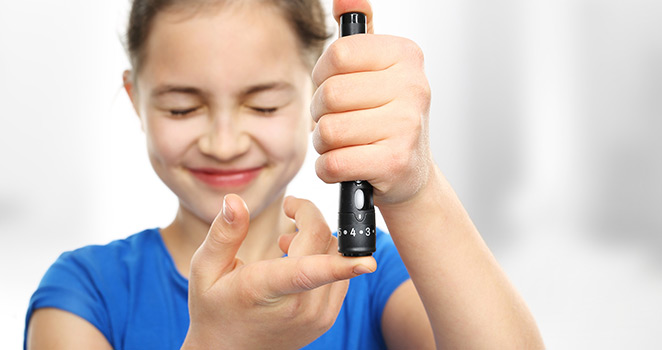Diabetes is certainly not a new disease. It is so common that you would know at least a person from your family or family of your friends have this. It is estimated that 422 million people in the world have diabetes. In Malaysia alone, 1 in 5 adults are living with diabetes. This makes up 18.3% of the adult population in Malaysia or 3.9 million people have diabetes. Unfortunately, 1.5 million people die from diabetes complications each year. 65% of people with diabetes die from heart disease or stroke. Common complications such as heart disease, chronic kidney disease, nerve damage and vision problems can be prevented by taking antidiabetic medicine such as Glucophage 500 mg.
Do you know that diabetes is actually divided into many types? The one that we often see or commonly known in general typically refers to type 2 diabetes. In general, diabetes is divided into many types such as type 1 diabetes, type 2 diabetes and gestational diabetes. In short, type 1 diabetes occurs when the body is unable to produce insulin, type 2 diabetes occurs when the body is unable to utilise the insulin efficiently or does not make enough insulin and gestational diabetes occurs only during pregnancy. Insulin are hormones that break down sugar and enable the sugar or glucose to be used by the body cell’s energy for energy and metabolism process. In normal people, insulin is produced by the pancreas.
Thus, how is type 2 diabetes mellitus caused? The most common culprit of type 2 diabetes is lifestyle. However, this does not erase the fact that family history of diabetes itself and old people are prone to develop diabetes. As mentioned just now, type 2 diabetes is caused by inability of the body to utilise insulin or the insulin produced in the body is not enough to meet the body’s demand in processing the sugar. It is not exactly known the exact cause of this type of diabetes but having risk factors such as old age, family members with type 2 diabetes, bad lifestyle of being physically inactive for less than 150 minutes a week or being overweight/obese, can definitely increase the risk for diabetes. Most common symptoms include increased thirst and urination, excessive hunger, unexplained weight loss and easily fatigue.
Type 2 diabetes is diagnosed through several processes. When a doctor determines that the blood sugar level is high or if a person has classic symptoms of high blood glucose such as increased urination (polyuria), increased thirst (polydipsia) or increased hunger (polyphagia) on top of a positive test, doctor may not do any further test. A person is said to have diabetes when their A1C test shows greater than or equal to 6.5%, fasting blood glucose or fasting plasma glucose (FPG) test shows greater than or equal to126 mg/dL, oral glucose tolerance test (OGTT) shows greater than or equal to 200 mg/dL and random plasma glucose test shows greater than or equal to 200 mg/dL.
The first treatment of diabetes is usually lifestyle modification such as exercises and diet but since in most cases these are not enough to keep blood sugar level on optimal level, medicines are often given. Typically, patients will likely receive metformin that belongs to a drug class of biguanides as their first antidiabetic drug. However, since in many cases that a person is less likely to achieve the targeted blood sugar level as proposed by the doctor within the timeline stipulated, they may need to get other antidiabetic medicines. A person may get different types of antidiabetic medicine compared to another person with the same diabetes diagnosis. This is because different medicine works best for different health conditions the person is having. At times, a person may even receive more than one kind of antidiabetic medication when taking one drug alone is not enough to achieve optimal blood sugar level.
Beside taking medicine, management of diabetes includes making lifestyle changes to get better control of blood glucose. This includes doing regular physical activity, practising healthy eating habits, losing body weight of at least 5 to 10% of total body weight and managing stress by having enough rest plus relaxation techniques. Diabetes monitoring also plays a crucial role in the outcomes of diabetes. It is best to monitor blood glucose continuously using a blood glucose metre, getting regular medical check-ups, regular eye exams and foot exams. Doctors will usually let you know how many times a day a person needs to check their blood glucose level as this depends on the treatment plans they are currently on.
It can be concluded that type 2 diabetes is among the many types of diabetes. It is often to be blamed for the family history of diabetes but it is shown that only 1 in 4 percent of all diabetic cases are caused by genetic inheritance. This translates to lifestyle changes that play the major part in developing diabetes. Thus, it is best for people to understand taking care of their blood sugar level to prevent possible complications by getting regular health screening and be committed to an active healthy lifestyle.

